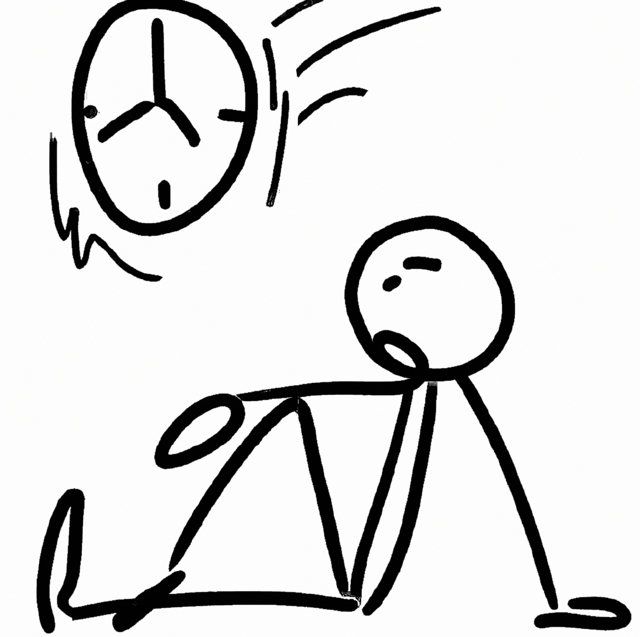Unboxing the Power of Procrastination
/Procrastination. A term often muttered with guilt, associated with the last-minute panic of unfinished tasks, and the throbbing regret of wasted time. We’re frequently told that procrastination is the thief of time, a villain we must vanquish to be successful. But is it possible that procrastination could be an effective productivity tool? In this series, we will unravel the fascinating layers of this dreaded habit and learn to celebrate the Power of Procrastination.
When we mention “procrastination,” what’s the first image that pops into your mind? Perhaps, it’s a student frantically scribbling away at an essay due in a few hours. Maybe it’s an office worker daydreaming at their desk, their report untouched. These snapshots of procrastination do illustrate its common forms, but they’re a little bit like viewing a stunning landscape only through a keyhole.
We need to dig into the heart of procrastination and ask: What is it, really? It isn’t merely the act of postponing a task. Psychologists Timothy A. Pychyl and Gordon L. Flett (2012) describe procrastination as a self-regulatory failure. While self-regulation is certainly involved, the depths of procrastination vary for each individual, including poor self esteem, long-held beliefs about one’s abilities, anxiety about the outcome of trying, among many other potential causes for delaying action.
Is procrastinating just an excuse for laziness?
There is a difference between PASSIVE and ACTIVE procrastination.
Now, at this point, you might be thinking, “Isn’t this just an excuse for laziness?” No. Excuses are for those who don’t want to change. This is exploration to understand and modify behavior, not to embrace one’s current procrastination.
Professors Chu and Choi (2005) demonstrated that there is a difference between passive procrastination and active procrastination. The passive version is what we typically think of as procrastination: dealing with indecision or a lack of motivation, leading to failure to complete their tasks on-time. On the other hand, active procrastinators intentionally delay action, often preferring the pressure that comes with deadlines to spark motivation. For the students in the study, those who took the approach of active procrastinators performed just as well as non-procrastinators, while the passive procrastinators performed more poorly.
Passive versus active procrastination, however, doesn’t encompass the entirety of the Power of Procrastination. It merely serves as an illustration of how procrastination might not always be as straightforward as it seems. In this book we will explore the psychological aspects of procrastination, explore the related neuroscience describing the brain’s behavior, and develop some practical approaches to dealing with completing tasks, some of which may seem counterintuitive. My aim is not to promote aimless daydreaming or lazing around but to explain how thoughtful delays can enhance our problem-solving skills, creativity, and overall productivity.
In the articles that follow, I will further unpack these concepts. We will discuss the psychology behind procrastination and learn more about the neuroscience of delay and performance. There will also be exercises for implementing changes, leveraging delay to your benefit. I hope you will join me on this journey to discover the Power of Procrastination!
Chu, A. H. C., & Choi, J. N. (2005). Rethinking Procrastination: Positive Effects of “Active” Procrastination Behavior on Attitudes and Performance. The Journal of Social Psychology, 145(3), 245–264. https://doi.org/10.3200/SOCP.145.3.245-264
Pychyl, T. A., & Flett, G. L. (2012). Procrastination and Self-Regulatory Failure: An Introduction to the Special Issue. Journal of Rational-Emotive & Cognitive-Behavior Therapy, 30(4), 203–212. https://doi.org/10.1007/s10942-012-0149-5


